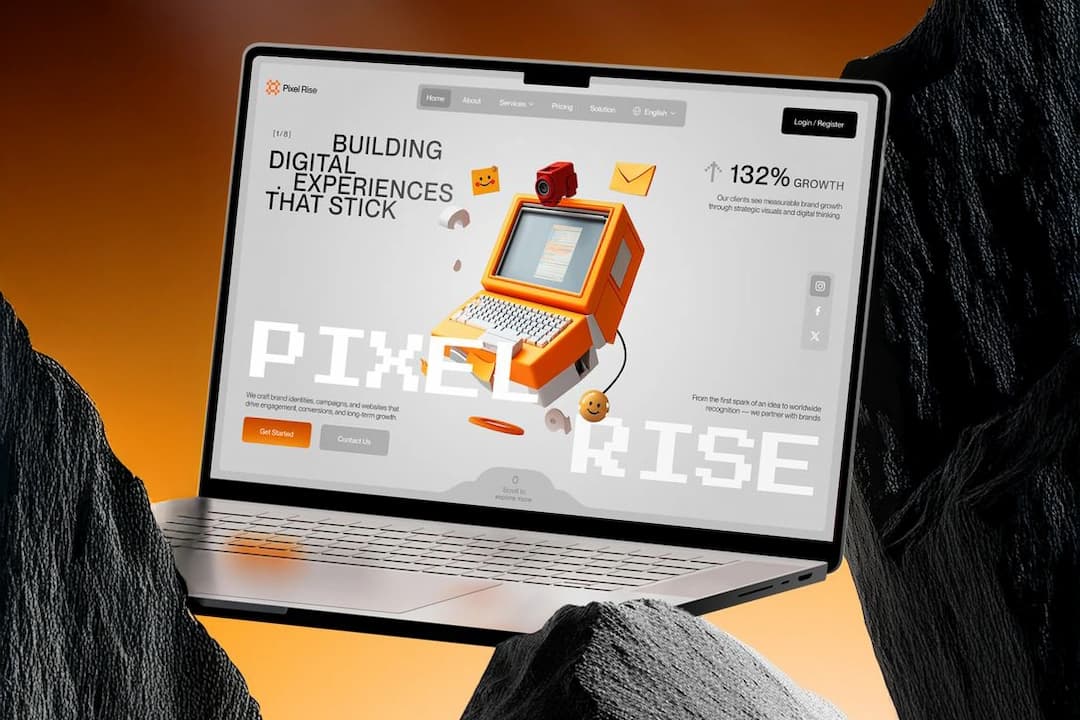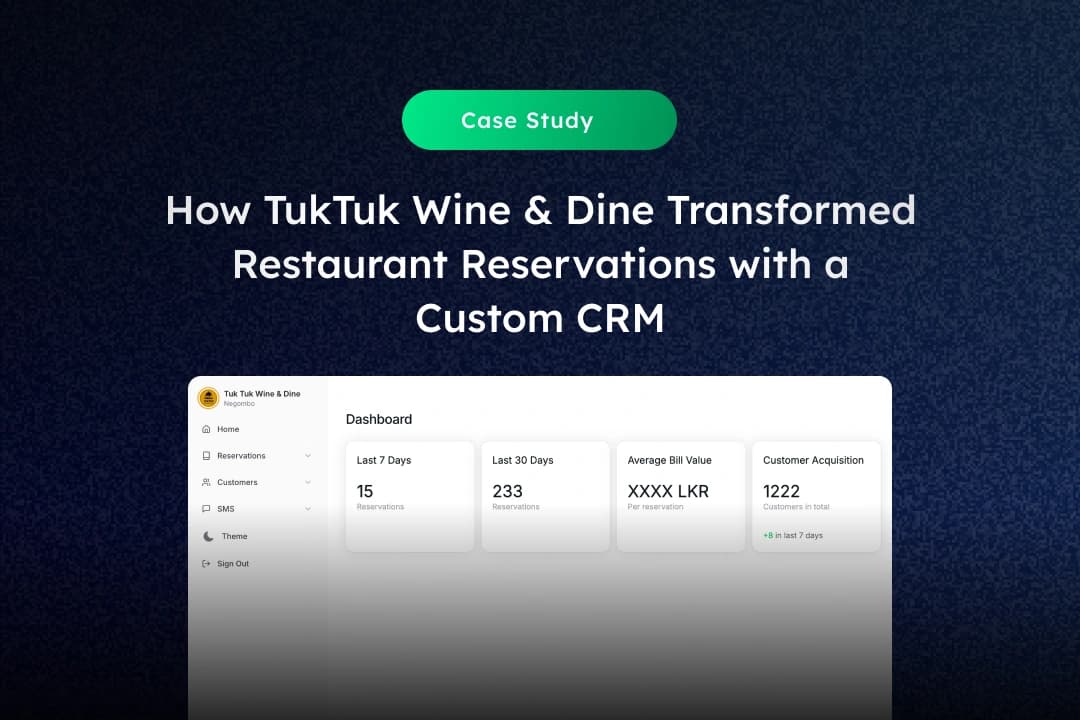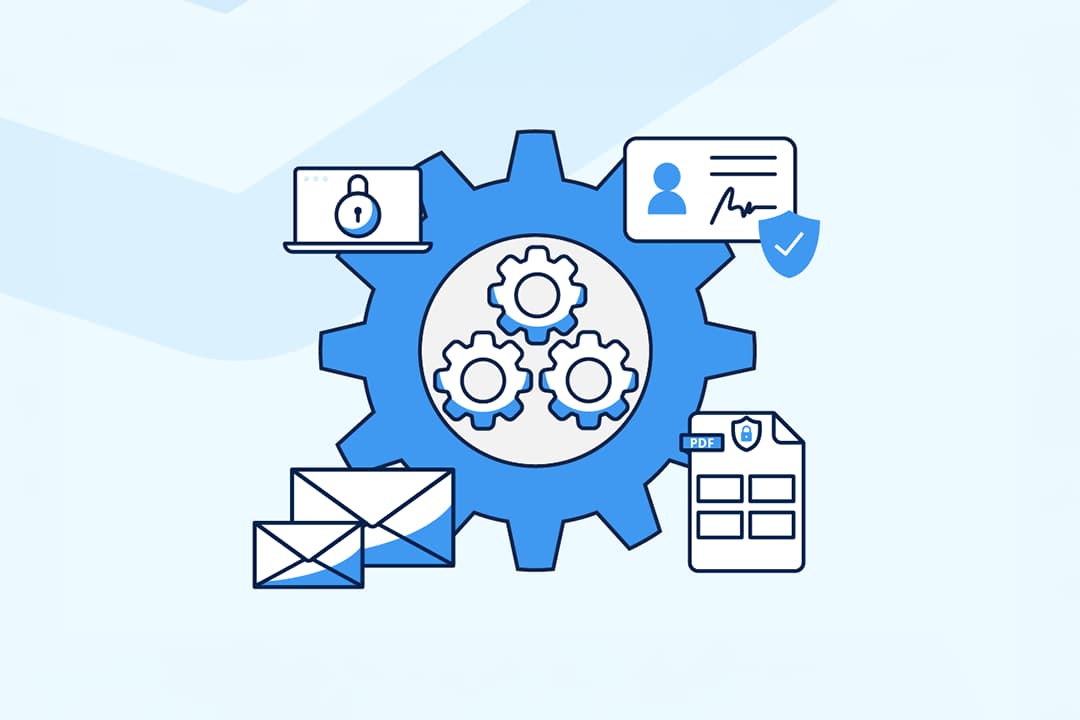
Introduction
The web development landscape is evolving rapidly, and 2025 brings exciting new technologies that can transform how Sri Lankan businesses operate online. From AI-powered development tools to advanced frameworks, staying updated with these trends is crucial for maintaining competitive advantage. This comprehensive guide explores the latest web development trends, their benefits for businesses, and how Sri Lankan companies can leverage them for growth.
Top Web Development Trends Shaping 2025
1. AI-Powered Development Tools
Artificial Intelligence is revolutionizing how websites and applications are built:
- Code Generation: Tools like GitHub Copilot and ChatGPT can generate code snippets, reducing development time by up to 40%
- Automated Testing: AI can identify bugs and suggest fixes before they impact users
- Content Optimization: AI helps create SEO-friendly content and optimize user experiences
- Performance Monitoring: Intelligent systems can predict and prevent performance issues
For Sri Lankan Businesses: AI tools can reduce development costs while improving quality, making professional web development more accessible to small and medium enterprises.
2. Progressive Web Apps (PWAs)
PWAs combine the best of web and mobile applications:
- Offline Functionality: Users can access content even without internet connection
- App-like Experience: Native app feel without app store downloads
- Push Notifications: Engage users with timely updates
- Fast Loading: Optimized performance on all devices
Sri Lankan Context: With varying internet connectivity across regions, PWAs ensure consistent user experience regardless of network conditions.
3. Serverless Architecture
Serverless computing is gaining momentum for its cost-effectiveness and scalability:
- Automatic Scaling: Handles traffic spikes without manual intervention
- Pay-per-Use: Only pay for actual usage, reducing costs for growing businesses
- Reduced Maintenance: No server management required
- Global Distribution: Content delivered from locations closest to users
Benefits for Sri Lanka: Perfect for businesses with fluctuating traffic patterns and limited technical resources.
4. Micro-Frontend Architecture
Breaking down large applications into smaller, manageable pieces:
- Team Independence: Different teams can work on different parts simultaneously
- Technology Flexibility: Use different frameworks for different components
- Easier Maintenance: Update individual features without affecting the entire application
- Scalability: Add new features without rebuilding the entire system
5. WebAssembly (WASM)
Bringing near-native performance to web applications:
- High Performance: Run complex applications at near-native speed
- Language Flexibility: Use C++, Rust, and other languages in browsers
- Gaming and Graphics: Enhanced capabilities for interactive content
- Data Processing: Handle large datasets efficiently in browsers
Framework and Technology Updates
React 19 and Next.js 15
The latest versions bring significant improvements:
- Improved Performance: Faster rendering and better memory management
- Enhanced Developer Experience: Better debugging tools and error messages
- Server Components: Reduced client-side JavaScript for better performance
- Built-in SEO: Better search engine optimization out of the box
Vue.js 4.0
Vue.js continues to evolve with:
- Composition API: More flexible component composition
- Better TypeScript Support: Enhanced type safety
- Improved Performance: Faster virtual DOM updates
- Ecosystem Growth: More plugins and tools available
SvelteKit
Gaining popularity for its simplicity:
- No Virtual DOM: Compiles to vanilla JavaScript
- Smaller Bundle Sizes: Faster loading times
- Developer-Friendly: Intuitive syntax and excellent documentation
- Built-in Optimizations: Automatic code splitting and optimization
Performance and Optimization Trends
Core Web Vitals Focus
Google's Core Web Vitals remain crucial for SEO:
- Largest Contentful Paint (LCP): Should be under 2.5 seconds
- First Input Delay (FID): Should be under 100 milliseconds
- Cumulative Layout Shift (CLS): Should be under 0.1
Sri Lankan Impact: With varying internet speeds, optimizing these metrics is essential for user retention and search rankings.
Advanced Caching Strategies
- Edge Caching: Store content closer to users globally
- Intelligent Preloading: Predict and load content users will need
- Service Workers: Advanced offline capabilities
- CDN Optimization: Faster content delivery worldwide
Image and Asset Optimization
- Next-Gen Formats: WebP, AVIF for better compression
- Responsive Images: Serve appropriate sizes for different devices
- Lazy Loading: Load images only when needed
- Critical Resource Hints: Prioritize important resources
Security and Privacy Trends
Enhanced Security Measures
- Zero Trust Architecture: Verify every request, even from trusted sources
- Content Security Policy (CSP): Prevent XSS attacks
- Subresource Integrity: Ensure external resources haven't been tampered with
- Regular Security Audits: Automated vulnerability scanning
Privacy-First Development
- Data Minimization: Collect only necessary user data
- GDPR/PDPA Compliance: Meet international and local privacy regulations
- Cookie Alternatives: Reduce reliance on tracking cookies
- User Consent Management: Clear, granular privacy controls
Development Workflow Improvements
DevOps and CI/CD
- Automated Testing: Run tests on every code change
- Continuous Deployment: Deploy changes automatically after testing
- Environment Parity: Ensure development, staging, and production are identical
- Monitoring and Alerting: Real-time performance and error tracking
Code Quality Tools
- Static Analysis: Catch errors before runtime
- Code Formatting: Consistent code style across teams
- Dependency Management: Keep libraries updated and secure
- Documentation: Automated API documentation generation
Mobile-First and Responsive Design
Advanced Responsive Techniques
- Container Queries: Style components based on their container size
- CSS Grid and Flexbox: More flexible layouts
- Custom Properties: Dynamic theming and responsive design
- Progressive Enhancement: Start with basic functionality, add enhancements
Mobile Performance
- Touch Optimization: Better touch targets and gestures
- Battery Efficiency: Reduce power consumption
- Network Awareness: Adapt to connection quality
- Offline-First Design: Work without internet connection
Accessibility and Inclusivity
WCAG 3.0 Guidelines
- Enhanced Color Contrast: Better visibility for all users
- Keyboard Navigation: Full functionality without mouse
- Screen Reader Support: Proper semantic markup
- Cognitive Accessibility: Clear, simple interfaces
Inclusive Design
- Multi-language Support: Serve content in local languages
- Cultural Considerations: Design for local preferences
- Economic Accessibility: Work on low-end devices
- Connectivity Awareness: Adapt to slow connections
Sri Lankan Business Opportunities
Local Market Considerations
- Language Support: Sinhala and Tamil language integration
- Payment Gateways: Local payment methods (e.g., FriMi, mCash)
- Regulatory Compliance: PDPA and other local regulations
- Cultural Adaptation: Design for local user preferences
Cost-Effective Solutions
- Open Source Technologies: Reduce licensing costs
- Cloud Services: Pay-as-you-scale pricing
- Automated Development: Reduce manual coding time
- Reusable Components: Build once, use many times
Implementation Roadmap for Sri Lankan Businesses
Phase 1: Foundation (Months 1-2)
- Audit current website performance
- Implement basic optimizations
- Set up analytics and monitoring
- Plan mobile-first redesign
Phase 2: Enhancement (Months 3-4)
- Adopt modern frameworks
- Implement PWA features
- Add AI-powered tools
- Enhance security measures
Phase 3: Advanced Features (Months 5-6)
- Integrate microservices
- Implement advanced caching
- Add personalization features
- Optimize for Core Web Vitals
Phase 4: Innovation (Months 7-12)
- Explore WebAssembly applications
- Implement advanced AI features
- Add real-time capabilities
- Continuous optimization
ROI and Business Impact
Measurable Benefits
- Faster Loading Times: 1-second improvement can increase conversions by 7%
- Better Mobile Experience: 67% of users are more likely to buy from mobile-friendly sites
- Improved SEO Rankings: Better performance leads to higher search visibility
- Reduced Bounce Rates: Better user experience keeps visitors engaged
Cost Savings
- Reduced Development Time: Modern tools can cut development time by 30-50%
- Lower Maintenance Costs: Automated testing and deployment reduce ongoing costs
- Better Performance: Faster sites reduce server costs and improve user satisfaction
- Security Benefits: Proactive security measures prevent costly breaches
Conclusion
The web development trends of 2025 offer unprecedented opportunities for Sri Lankan businesses to create faster, more secure, and more engaging digital experiences. By adopting these modern technologies and best practices, businesses can:
- Improve user experience and customer satisfaction
- Reduce development and maintenance costs
- Enhance security and compliance
- Gain competitive advantage in the digital marketplace
- Scale efficiently as they grow
The key is to start with a solid foundation and gradually implement these trends based on your business needs and technical capabilities. Whether you're a startup looking to establish your online presence or an established business seeking to modernize your digital infrastructure, these trends provide a roadmap for success in 2025 and beyond.
Ready to transform your business with modern web development? Contact us to discuss how these trends can be implemented for your specific needs and goals.



